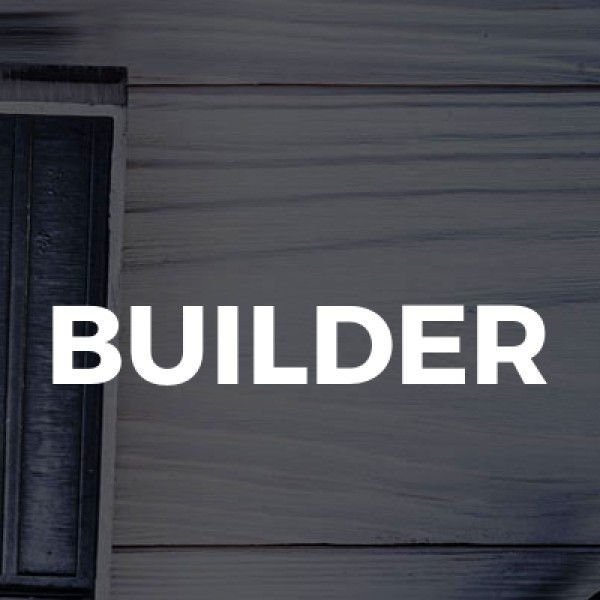Introduction to Plasterers in Bath
Plastering is an age-old craft that has been essential in the construction and renovation of buildings. In the historic city of Bath, renowned for its Georgian architecture and Roman baths, plasterers play a crucial role in maintaining the city's aesthetic charm. This article delves into the world of plasterers in Bath, exploring their skills, the materials they use, and the importance of their work in preserving the city's heritage.
The Role of Plasterers
Plasterers are skilled tradespeople who apply plaster to walls and ceilings to create a smooth or textured finish. Their work is vital in both new constructions and the restoration of older buildings. In Bath, where many structures are listed or protected, plasterers must often work with traditional materials and techniques to maintain historical accuracy.
Skills and Expertise Required
Being a plasterer requires a blend of technical skills and artistic flair. Precision, attention to detail, and a steady hand are essential. Plasterers must also have a good understanding of different plaster types and how they interact with various surfaces. In Bath, where historical accuracy is paramount, plasterers often need additional expertise in traditional methods.
Tools of the Trade
Plasterers use a variety of tools, including trowels, hawks, floats, and brushes. Each tool serves a specific purpose, from mixing and applying plaster to smoothing and finishing surfaces. In Bath, plasterers may also use specialised tools for decorative plasterwork, such as cornices and ceiling roses.
Materials Used by Plasterers in Bath
The choice of materials is crucial in plastering, affecting both the finish and durability of the work. In Bath, where many buildings are centuries old, plasterers often use traditional materials to match existing work and comply with conservation guidelines.
Traditional Lime Plaster
Lime plaster is a traditional material used extensively in Bath's historic buildings. It is breathable, flexible, and compatible with older structures, making it ideal for restoration work. Lime plaster also has a unique aesthetic, with a soft, natural finish that complements Bath's Georgian architecture.
Modern Plaster Options
While traditional materials are often preferred in Bath, modern plasters, such as gypsum-based products, are also used. These materials offer advantages in terms of ease of application and drying time, making them suitable for new constructions or less historically sensitive areas.
The Importance of Plasterers in Bath's Heritage Preservation
Plasterers in Bath play a vital role in preserving the city's architectural heritage. Their work ensures that historic buildings remain structurally sound and visually appealing, contributing to Bath's status as a UNESCO World Heritage Site.
Restoration of Historic Buildings
Restoration projects in Bath often require plasterers to replicate original plasterwork using traditional techniques. This can involve intricate decorative work, such as mouldings and cornices, which must match the original designs to maintain historical integrity.
Compliance with Conservation Guidelines
Plasterers working in Bath must adhere to strict conservation guidelines to ensure that their work is in keeping with the city's heritage. This often involves using specific materials and techniques, as well as collaborating with conservation officers and architects.
Challenges Faced by Plasterers in Bath
Plasterers in Bath face a unique set of challenges, from working with delicate historical materials to navigating the city's narrow streets and strict planning regulations.
Working with Historical Materials
Restoring historic plasterwork requires a deep understanding of traditional materials and techniques. Plasterers must be able to work with fragile surfaces and replicate original designs, often with limited reference material.
Logistical Challenges
Bath's narrow streets and limited access can make transporting materials and equipment challenging. Plasterers must carefully plan their work to minimise disruption and ensure that projects are completed efficiently.
Training and Qualifications for Plasterers
Becoming a plasterer requires a combination of formal training and hands-on experience. In Bath, where historical work is common, additional qualifications in conservation and restoration may be beneficial.
Apprenticeships and Vocational Training
Many plasterers begin their careers through apprenticeships, which combine on-the-job training with classroom instruction. Vocational courses in plastering are also available, covering essential skills and techniques.
Specialised Training in Conservation
For those interested in working on historic buildings, specialised training in conservation and restoration is available. This can include courses on traditional materials, historical techniques, and heritage management.
Finding a Plasterer in Bath
When looking for a plasterer in Bath, it's important to consider their experience, qualifications, and reputation. Whether you're undertaking a restoration project or a new build, finding the right plasterer can make all the difference.
Checking Credentials and Experience
Before hiring a plasterer, check their credentials and experience. Look for qualifications in plastering and any additional training in conservation or restoration. It's also worth asking for references or examples of previous work.
Local Recommendations and Reviews
Word of mouth is a valuable resource when finding a plasterer in Bath. Ask friends, family, or neighbours for recommendations, and check online reviews to get a sense of a plasterer's reputation and reliability.
Cost of Plastering Services in Bath
The cost of plastering services in Bath can vary depending on the complexity of the work, the materials used, and the plasterer's experience. It's important to get a detailed quote before starting any project.
Factors Affecting Cost
Several factors can affect the cost of plastering services, including the size of the area to be plastered, the type of plaster used, and any additional decorative work required. Restoration projects may also incur higher costs due to the need for specialised materials and techniques.
Getting a Quote
When requesting a quote, provide as much detail as possible about the project. This will help the plasterer give an accurate estimate and avoid any unexpected costs. It's also a good idea to get quotes from multiple plasterers to compare prices and services.
Future of Plastering in Bath
The future of plastering in Bath looks bright, with ongoing demand for skilled tradespeople to maintain and restore the city's historic buildings. As new technologies and materials emerge, plasterers will continue to adapt and innovate.
Embracing New Technologies
While traditional techniques remain important, new technologies and materials are also making their way into the plastering industry. These innovations can improve efficiency and sustainability, offering new opportunities for plasterers in Bath.
Continued Demand for Skilled Plasterers
With Bath's rich architectural heritage, there will always be a need for skilled plasterers to preserve and enhance the city's buildings. As more people recognise the value of traditional craftsmanship, the demand for experienced plasterers is likely to grow.
Frequently Asked Questions
- What is the main role of a plasterer? Plasterers apply plaster to walls and ceilings to create a smooth or textured finish, essential in both new constructions and restorations.
- Why is lime plaster used in Bath? Lime plaster is breathable and flexible, making it ideal for older structures and maintaining historical accuracy in Bath's buildings.
- What challenges do plasterers face in Bath? Plasterers in Bath face challenges such as working with historical materials and navigating the city's narrow streets and planning regulations.
- How can I find a reliable plasterer in Bath? Check credentials, ask for recommendations, and read reviews to find a reliable plasterer in Bath.
- What factors affect the cost of plastering services? Factors include the size of the area, type of plaster, and any decorative work required, with restoration projects often costing more.
- What is the future of plastering in Bath? The future looks bright, with ongoing demand for skilled plasterers and new technologies offering opportunities for innovation.












